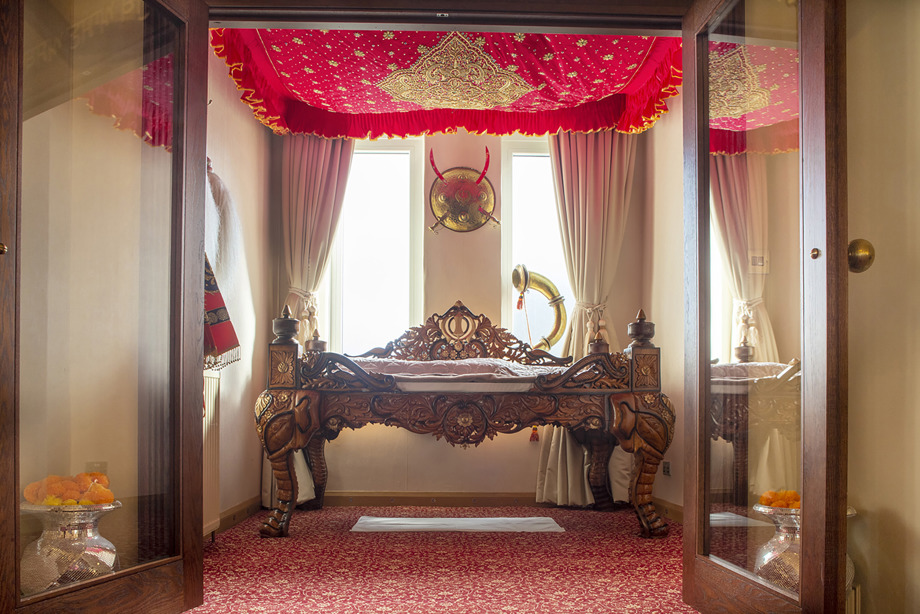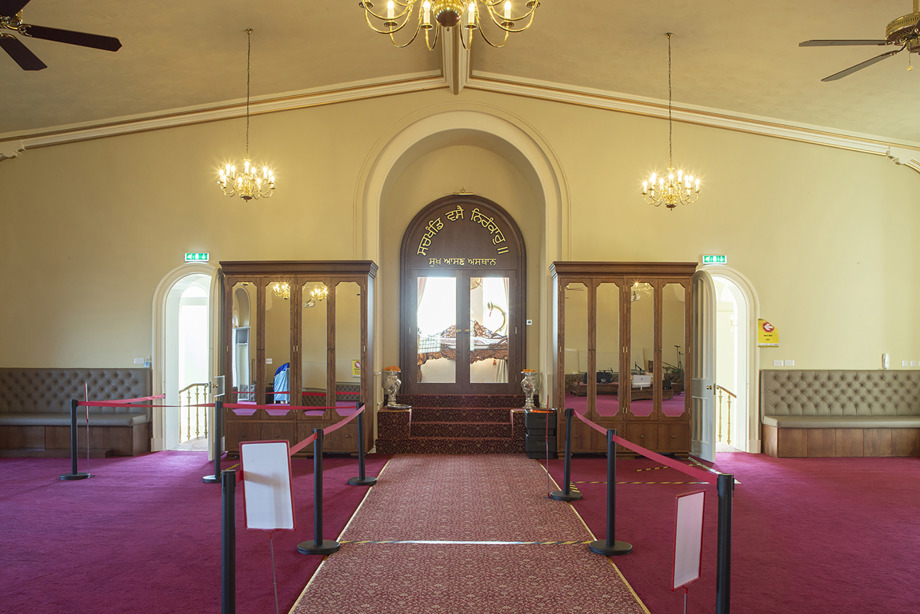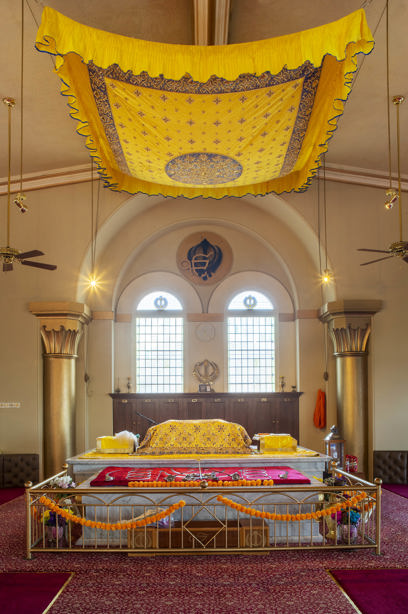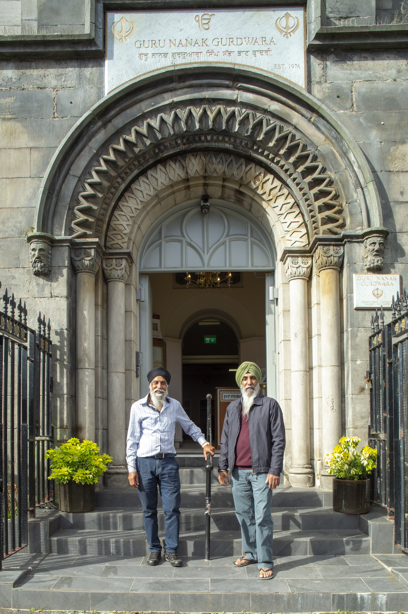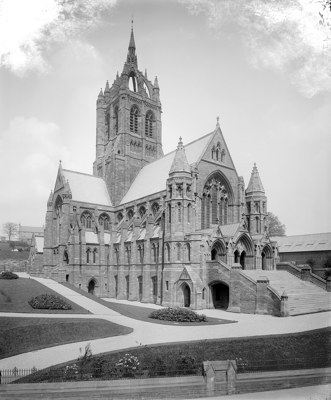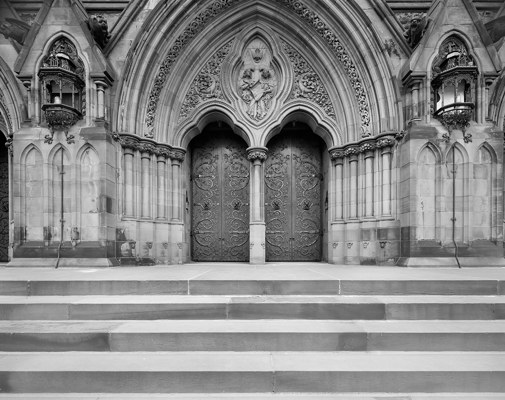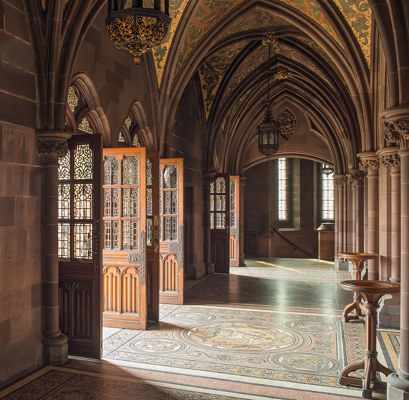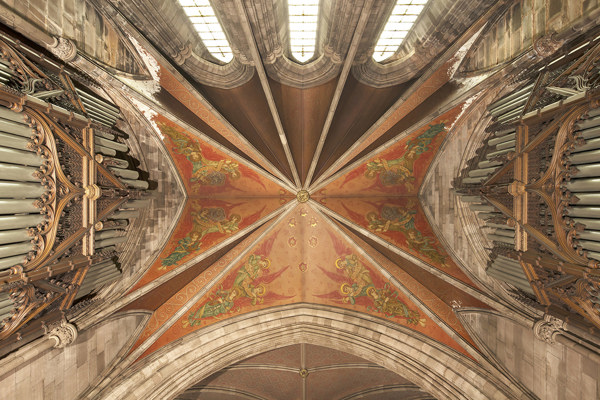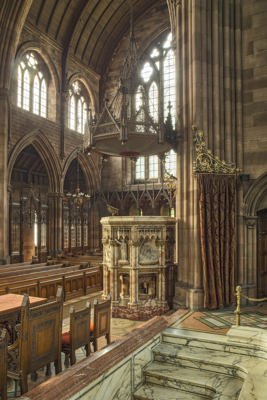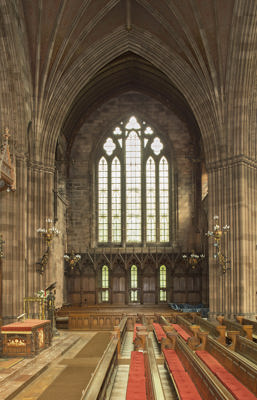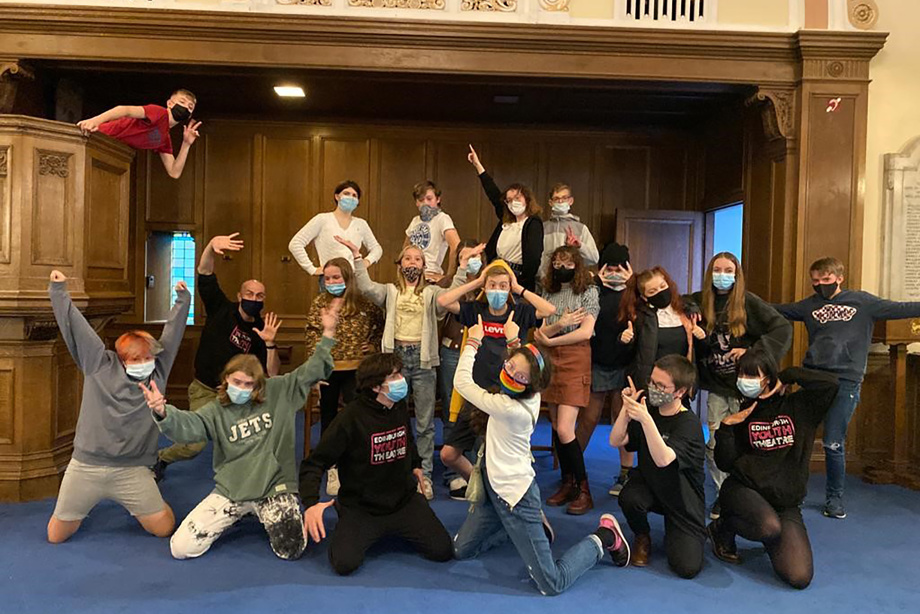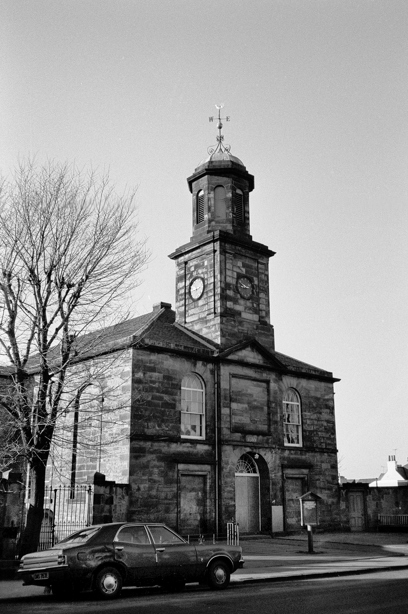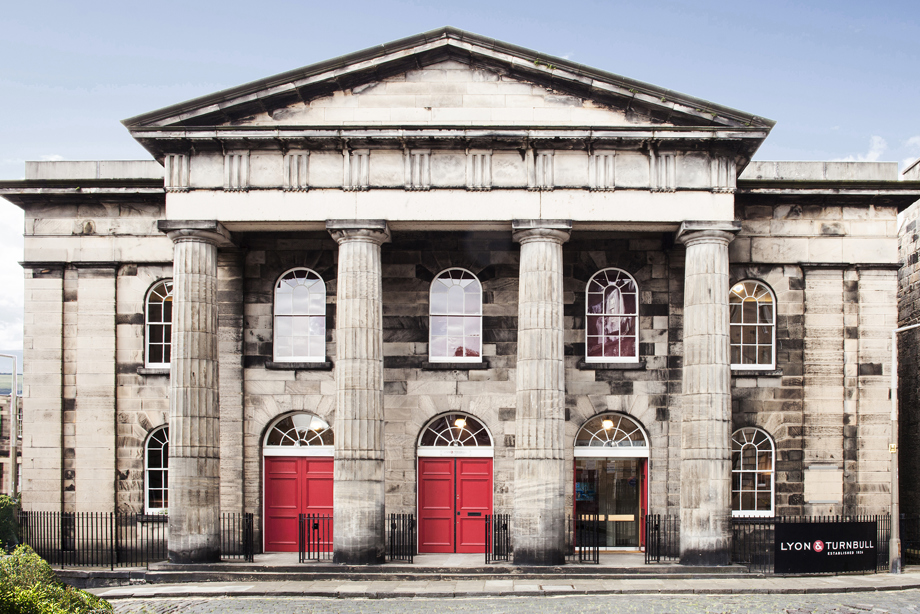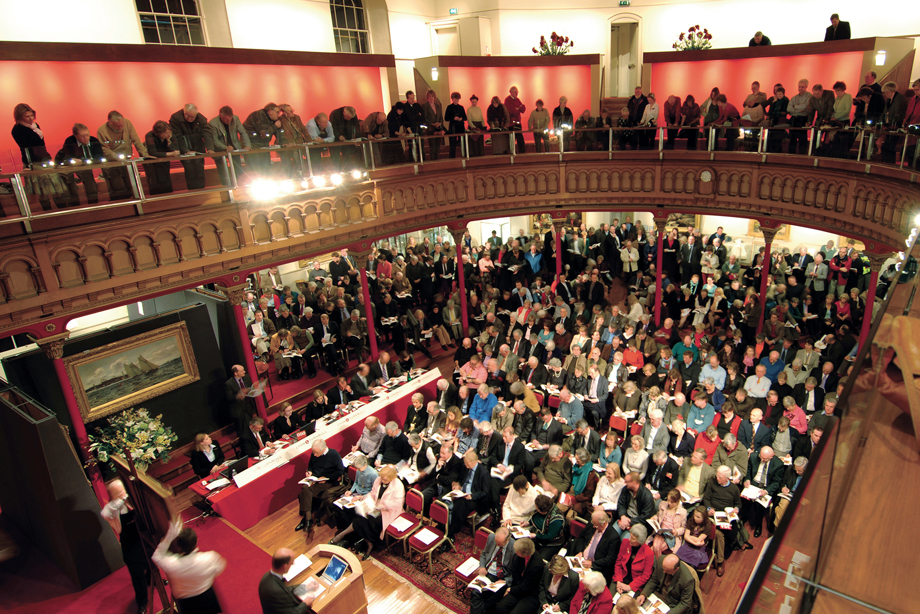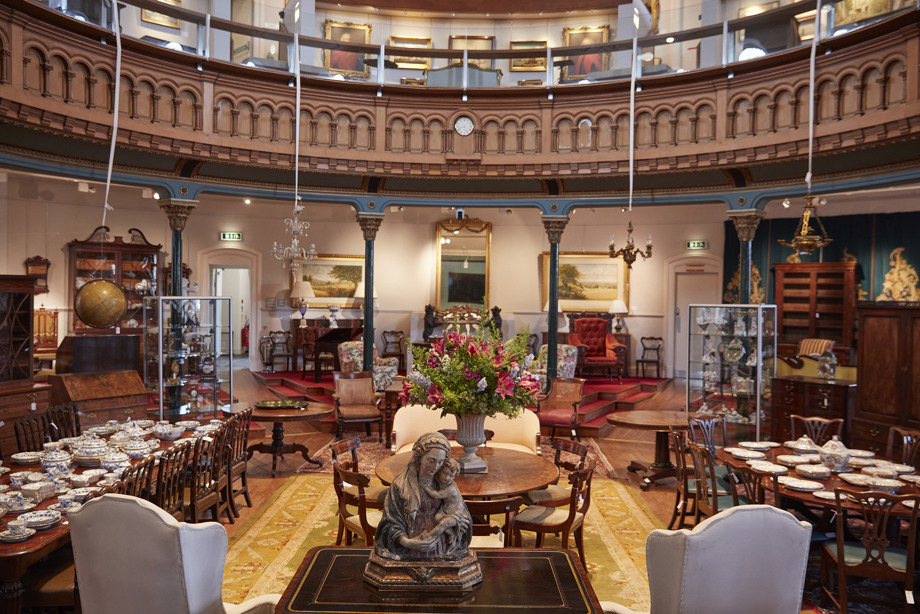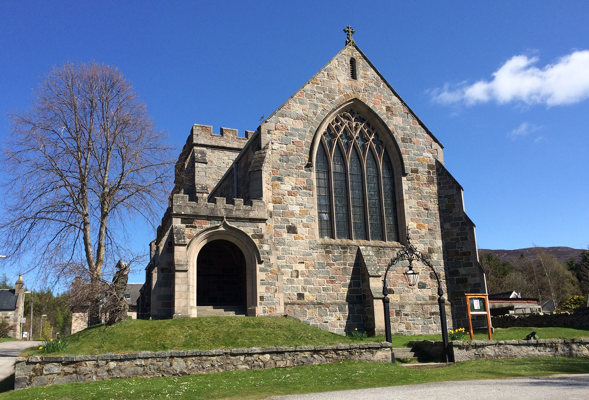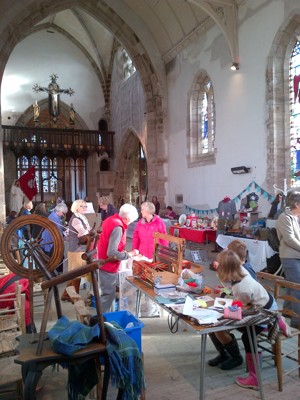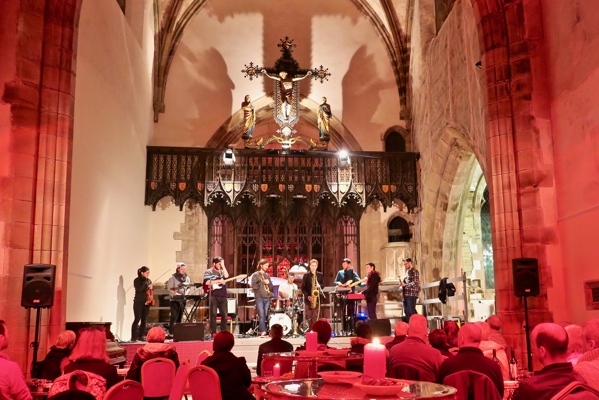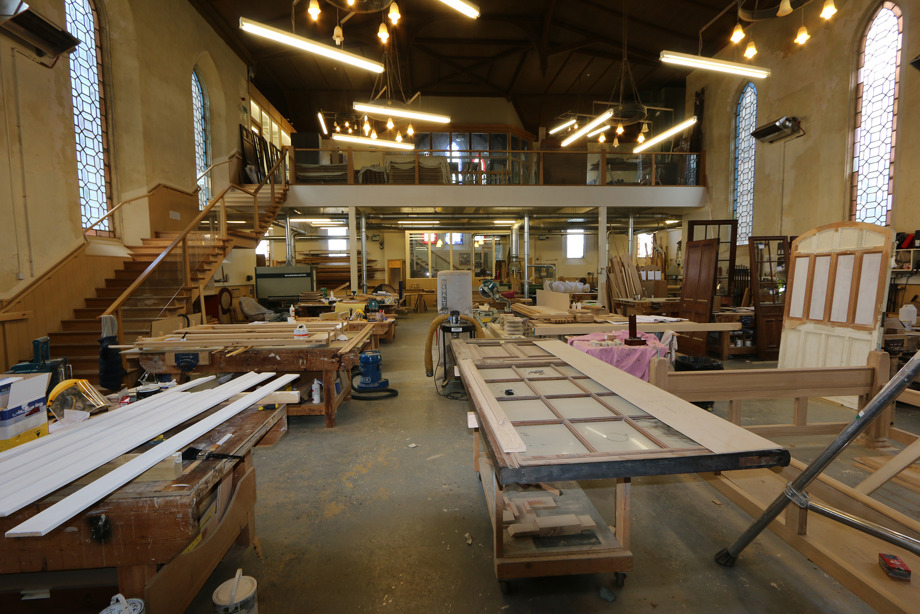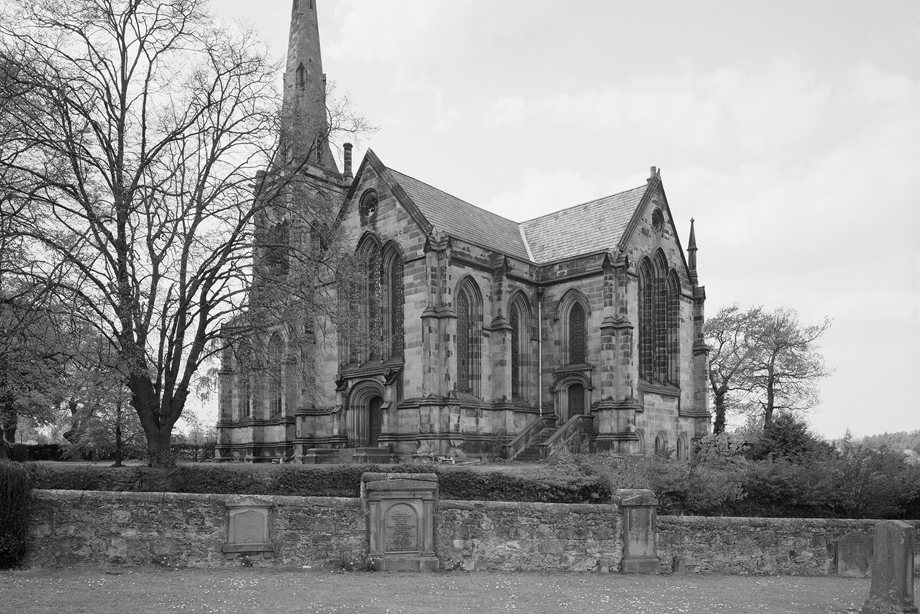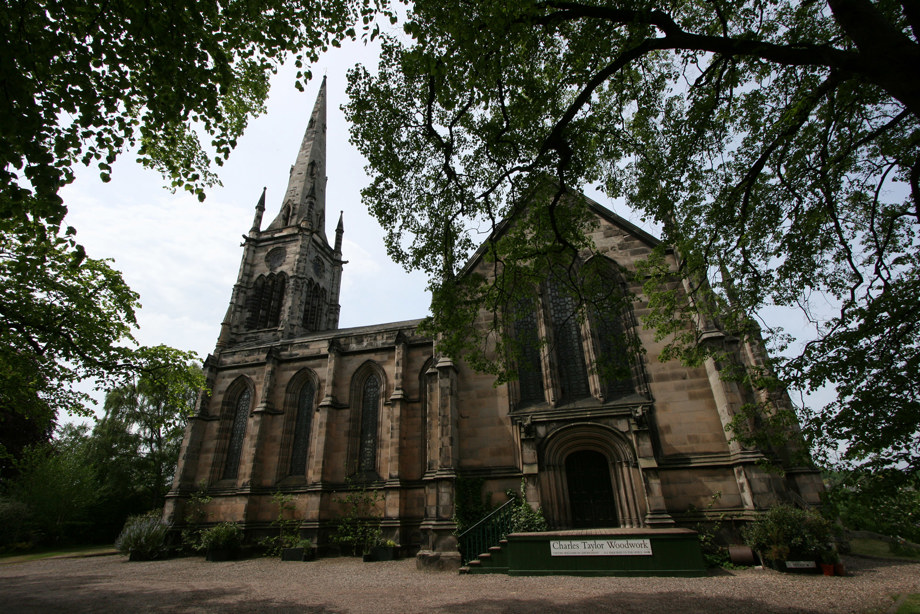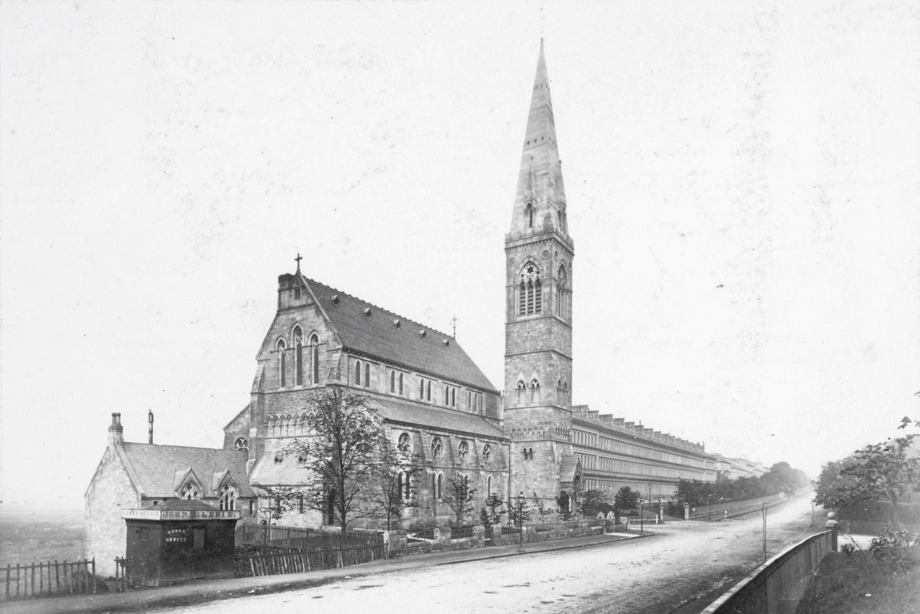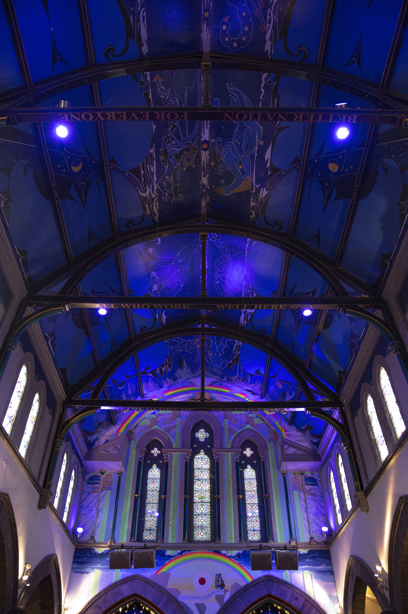Over the years, Scotland’s Christian churches have generally been able to adapt to wider cultural changes, as well as new ways of worship. However, many churches are now poised at a tipping point.
Congregations, which have been dwindling since the 1950s, have steeply declined in more recent years and, in turn, churches are closing at an ever-increasing rate. For centuries, these buildings have been at the heart of communities and have provided many with places to celebrate, mourn, meet, and pray.
Today, there are still those who wish to be married in their local church or buried in its churchyard, but these traditions are now under threat when churches can no longer stay open.
Some buildings will be imaginatively converted into houses or used for commercial purposes, while others will become derelict and eventually disappear. There is, however, a growing recognition that these buildings can play a new role in the community while maintaining their cultural and architectural importance.
Charities dedicated to finding solutions for their preservation, and community groups wishing to take ownership of their local church for use as a shared space, are proving that there is potential for these unique buildings to remain a treasured part of our historic environment.
Guru Nanak Gurdwara, St Thomas’ Church, Edinburgh
The Sikh community of Edinburgh has been based in St Thomas’ Church since 1976. At first, the original plan of the church was kept, with the pews removed to create space for the main altar and various gatherings. However, over time, the building has been altered and the congregation hall now lies on the second floor.
The original Byzantine inspired architecture is still visible and the central altar that houses the Guru Granth Sahib Ji – a collection of Sikh holy scriptures – is framed by these columns and arched windows.
New additions to the building have been made, such as the stained-glass windows featuring the symbol Khalsa, representing the Sikh community.
Coats Memorial Church, Paisley
A magnificent example of the conversion and reuse of a Scottish church is the Coats Memorial. It was originally a Baptist church dedicated to the memory of Thomas Coats, a long-standing member of the Paisley congregation.
Designed by Hippolyte Blanc, the church building was first opened with a golden master-key by Coats’ widow in 1894. In 2018, however, the church closed as a place for worship and Coats Memorial Preservation Trust was set up to maintain the building and promote its use as an events venue.
Aside from hosting weddings, theatre, music, and dance performances, the Coats Memorial Church venue also serves as a film location and was chosen to evoke Scotland’s rich historical past for season five of the popular television series Outlander.
Portobello Old and Windsor Place Parish Church, Edinburgh
In June 2018 – following the success of Scotland’s first urban community ‘right to buy’ campaign – a community group, called Action Porty, reopened the former Portobello Old Parish Church as ‘Bellfield’, a new community hub for Portobello.
Over the next two years the group established a busy programme of weekly classes and special events held in the adapted building.
During the pandemic, fundraising continued and work was carried out to install solar panels. This not only lowered their carbon footprint, but the panels also provide energy for the building and generates income from surplus energy.
The success of this project has prompted discussions about potentially widening Action Porty’s role to encompass other community assets such as Portobello Town Hall.
Lyon & Turnbull, Broughton Place Church, Edinburgh
When a church building becomes disused, it can take many years for a new use to be found. In 1991, for example, when the congregation of Broughton Place Church left for the final time, the building lay empty for eight years until Lyon and Turnbull – Scotland’s oldest auction house – acquired it as part of their relaunch and expansion.
Originally designed by Archibald Elliot in 1821, the impressive temple-fronted building, with its galleried auditorium, has proved the ideal premises for holding auctions.
Malcolm Fraser Architects carried out this award-winning conversion in 2003 and, since moving into their new salerooms, Lyon and Turnbull have gone from strength to strength.
St Margaret’s, Braemar
Some church buildings are such important parts of our built heritage that, instead of converting them for a new use, efforts are made to keep them as intact as possible.
St Margaret’s Braemar, for example, was designed in 1899 by Ninian Comper, one of the leading church architects of the day. Abandoned in 1997, it lay empty until 2010 when a group of local people began exploring ways to save the building.
It is now owned by Historic Churches Scotland, a charity that works with communities to rescue, restore, and regenerate historic churches.
Its excellent acoustics have led to St Margaret’s new lease of life as a performance space. A myriad of events is held throughout the year from concerts to farmers’ markets.
Charles Taylor Woodwork & Design Ltd, West Church, Dalkeith
Although the scale of many church buildings can present challenges for their maintenance and conservation, this also presents opportunities for the community and local businesses.
In 1993, Charles Taylor employed architects Hope & Co and engineers Elliott & Company to convert the West Church into premises for the woodworking business he founded in 1985.
As commissions for high-quality architectural joinery, conservation and furniture had grown, so had the need for a large workshop. This was something that the former church could provide.
The main body of the building was cleared to form the main workshop area of 7,000 square feet. Charles Taylor Woodwork & Design now provides a flexible space for projects such as the refurbishment of the Charles Rennie Mackintosh Oak Room, now installed in the V&A Dundee.
Òran Mór, Kelvinside Free Church, Glasgow
Adapting a church building for an entirely new use – such as a house, office or entertainment space – usually means that the structure of the building is preserved. Where possible, this includes some of the internal features such as woodwork, sculpture, and stained-glass windows too.
However, at Òran Mór, which means 'big song' in Gaelic, an impressive artwork was created as part of the two-year restoration of the Former Kelvinside Free Church. Alasdair Gray painted an extraordinary mural for the auditorium of the new arts venue which opened in 2004.
This mural is one of the largest public artworks in Scotland. Its panels contain figures and symbols from myths, legends, and astrology, set against a blue cosmos.
The ceiling is inscribed, ‘Work as if you are living in the early days of a better nation’. This inspiring appeal by Canadian poet Dennis Lee is also engraved on the Canongate Wall of the Scottish Parliament.
What's next?
If you have enjoyed exploring Places for Prayer, why not take a look at our other online exhibitions that delve into many different and fascinating subjects?

